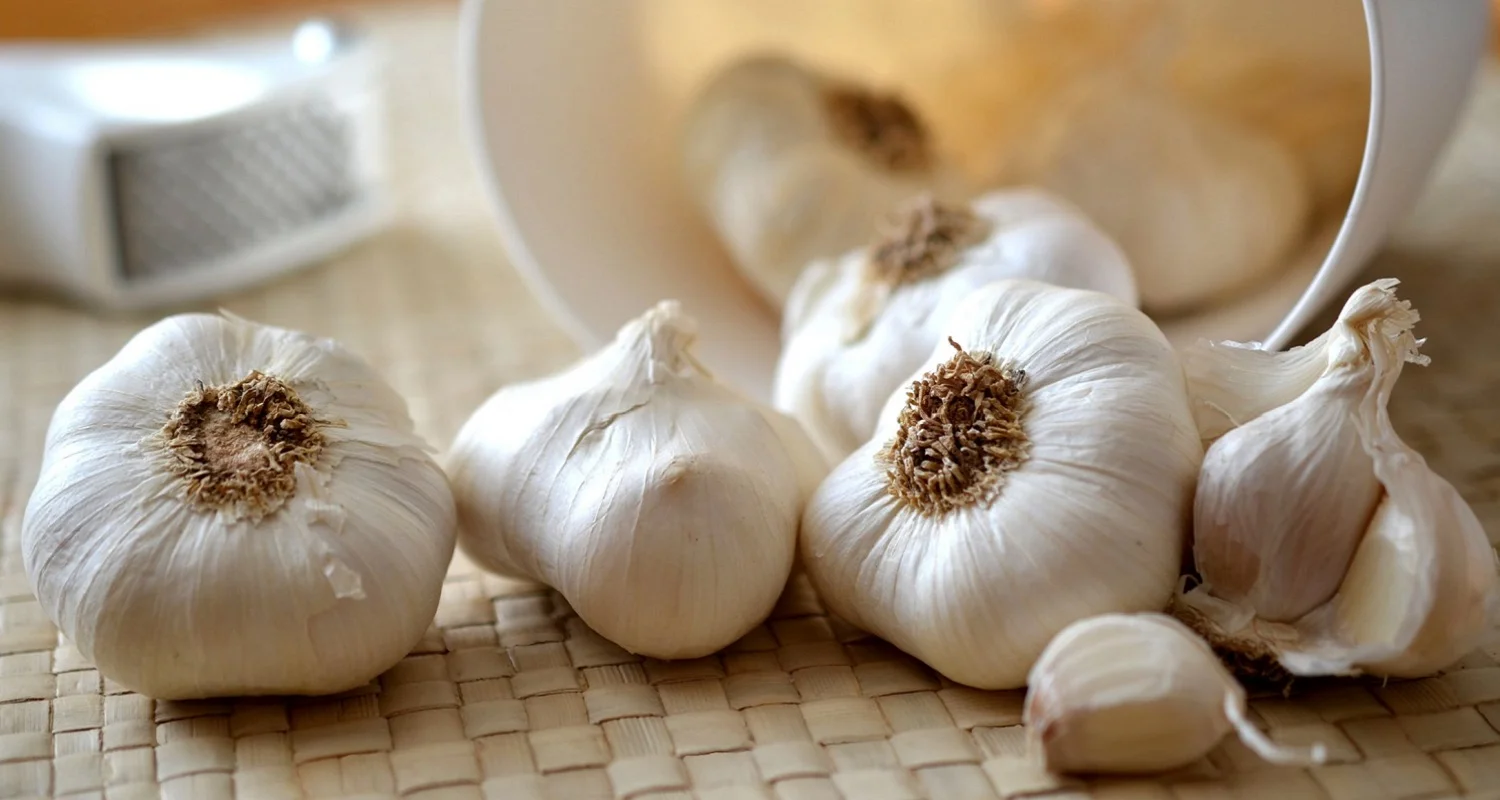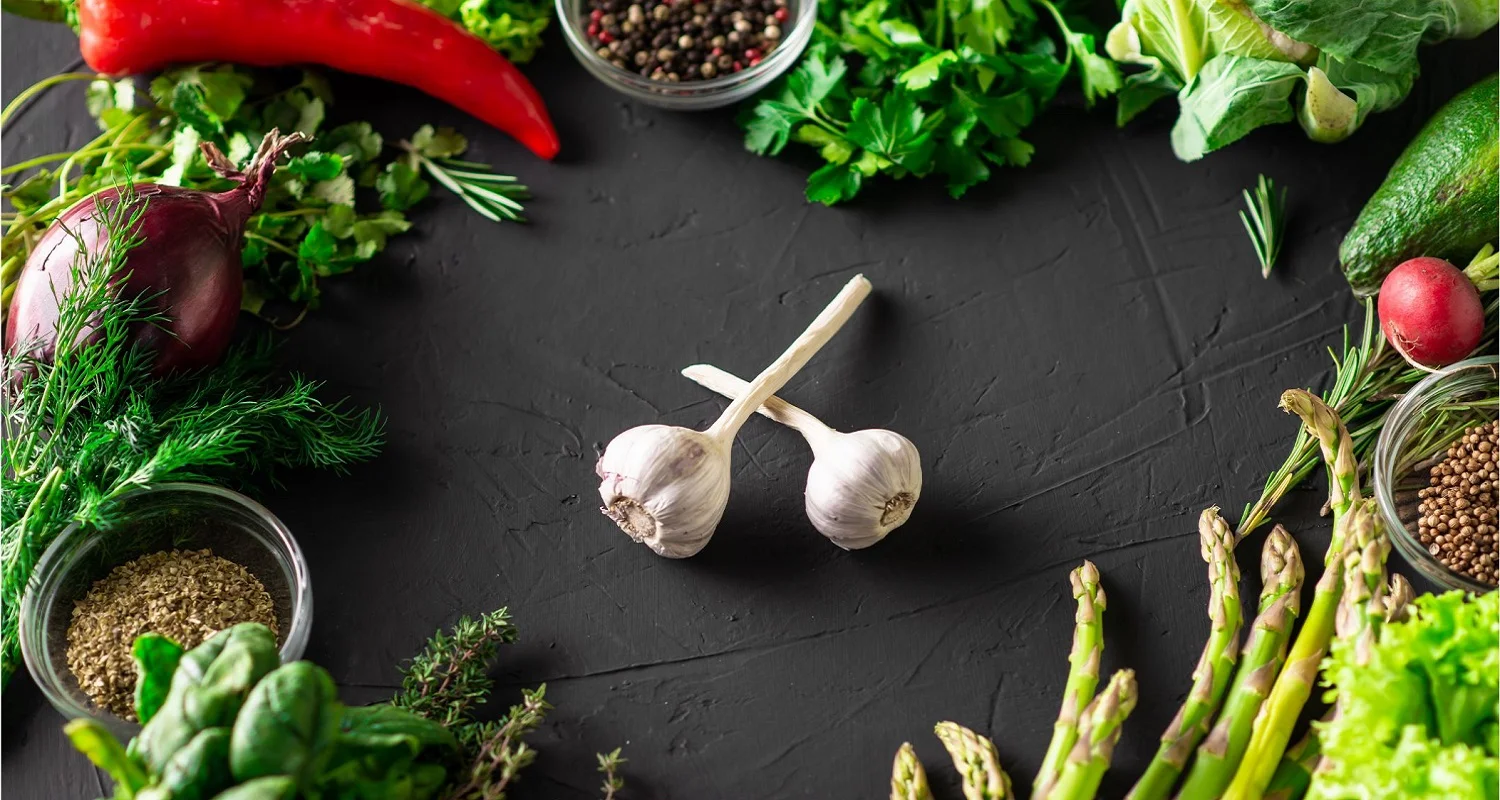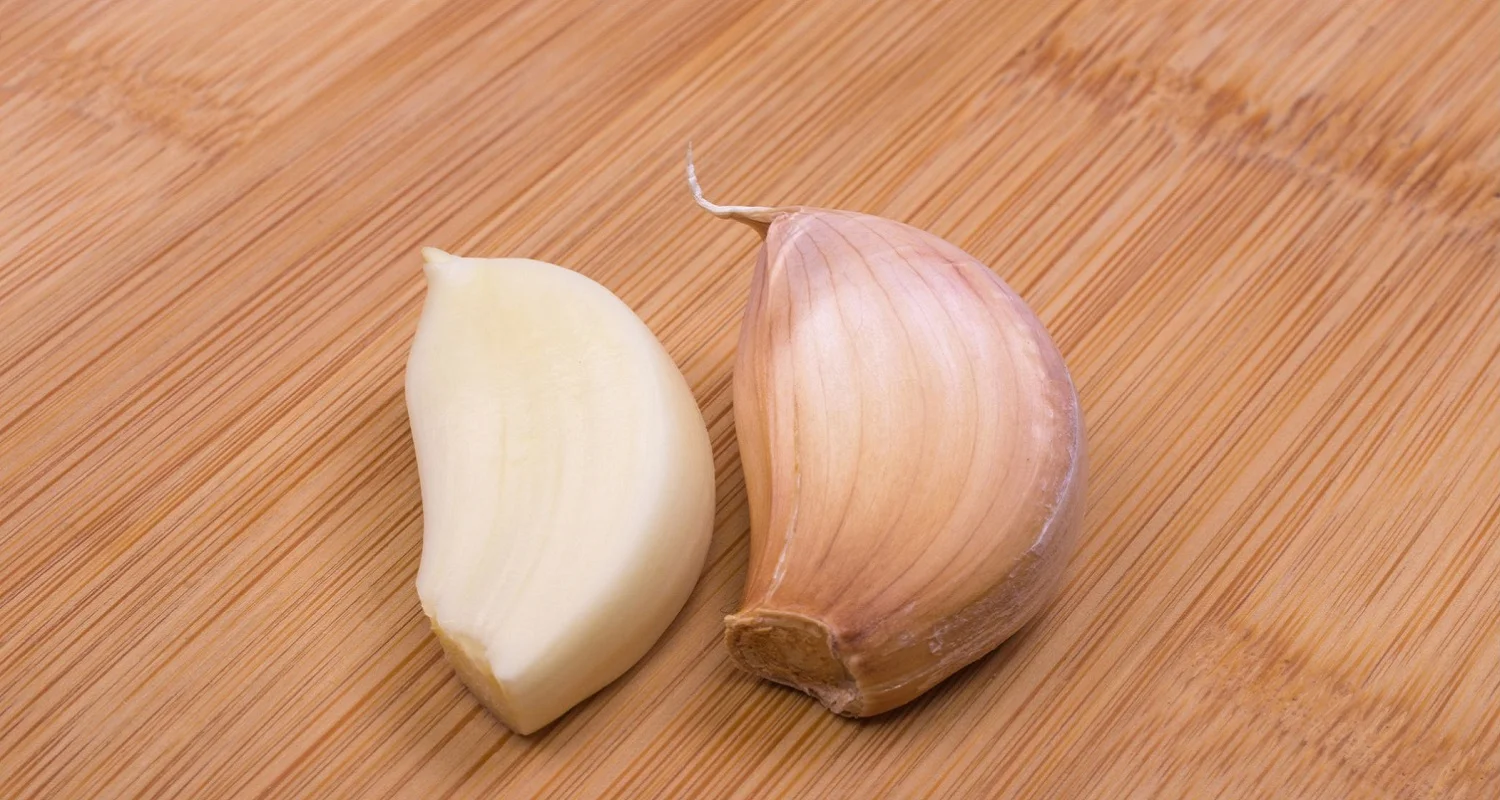Last Updated on: 11th December 2025, 10:32 am
A toothache can be a painful problem; in fact, it affects many people at different times in their lives. Whether it’s cavities, wisdom teeth problems, or other dental issues, immediate relief is vital. In this article, we focus on a garlic toothache remedy as a natural and effective option. This cooking staple also offers significant oral health benefits.
Benefits of Garlic for Oral Health
Garlic, whose scientific name is Allium sativum, is highly valued not only as a seasoning in cooking but also for its many healthy properties. A critical component of garlic, allicin, gives it known anti-inflammatory and antimicrobial properties. These qualities make garlic a very interesting option for treating toothache and other dental problems.
Home Remedies for Dental Pain
Many people opt for natural approaches to treating a toothache before turning to more intensive medical treatments. Using garlic as a home remedy for toothaches has long been common, thanks to its healing qualities. However, it is worth noting that this is not a substitute for professional diagnosis and treatment.
Allicin: The Magic Ingredient of Garlic
Allicin is the main compound/s of garlic. In addition to being anti-inflammatory and antimicrobial, it also helps reduce the sensation of pain in the affected area, making it an effective companion for relieving toothache and healing oral injuries.
How to Use Garlic Clove for Toothache?
• Preparation: Peel a clove of fresh garlic and wash it well.
• Cut: Divide the garlic into thin slices or small pieces.
• Application: Place the garlic on the affected area of your mouth.
• Action Time: Leave the garlic in your mouth for about 15-20 minutes.
• Rinse: Use warm water to clean your mouth.
This process can be repeated several times a day as needed, but keep in mind that garlic has a strong and persistent flavor.
How Long Should Garlic Work?
The recommended time to let the garlic act is 15 to 20 minutes. This period allows the active compounds in garlic, such as allicin, to work effectively on the affected area to reduce inflammation and relieve pain.
Garlic Toothache Remedy for Cavities
Tooth decay is one of the main causes of toothache. Garlic can be useful in cases of cavities due to its antimicrobial properties. Allicin present in garlic can help fight bacteria that contribute to the formation of cavities. Additionally, its ability to reduce inflammation can relieve pain associated with cavities.
To use it, follow the same procedure as described above. Be sure to consult a dentist to properly evaluate and treat cavities.
Garlic for Pain in Wisdom Teeth
Wisdom tooth pain can also be relieved with the use of garlic. As with other types of toothaches, garlic application can be done following the standard procedure or using a more concentrated garlic paste.
Garlic Paste: A More Concentrated Option
• Preparation: Peel and crush several cloves of garlic to make a paste.
• Application: Use the paste directly on the painful area.
• Action Time: Let the paste sit for about 15 minutes.
• Rinse: Clean your mouth with warm water.
Side Effects of Using Garlic
Using garlic can have some minor side effects such as garlic breath, heartburn, and stomach upset. Additionally, some people may experience allergic reactions to garlic.
Conclusion
Garlic can be a natural and effective remedy for toothache due to its antimicrobial and anti-inflammatory properties. However, it is crucial to remember that these home remedies are temporary solutions and should not replace professional dental treatment.
Frequently Asked Questions
Can garlic relieve nerve pain?
Discover why garlic could be your ally! Similar to other types of pain, back pain generally originates from inflammation affecting the nerves. In this context, the anti-inflammatory qualities of garlic could be beneficial for those who experience this type of discomfort.
How long should you keep garlic on the clove for optimal effects?
Given its innate antibacterial abilities, garlic is effective in fighting the bacteria that cause toothaches. To prepare a garlic paste, simply crush several cloves and add a little water. Place this mixture directly on the sore tooth and wait 10 to 15 minutes before rinsing your mouth.
Can garlic fight oral bacteria effectively?
The antibacterial qualities of garlic have been shown to be effective in reducing certain bacteria that cause gum infections and form periodontal pockets. Studies have revealed that garlic liquid has the ability to penetrate these infected pockets, helping to treat the buildup of harmful bacteria.
Is it advisable to brush your teeth after consuming garlic?
Post-garlic hygiene: Using toothpaste to brush your teeth helps remove food particles, including garlic, that can cause bad breath. Additionally, it is crucial to clean your tongue, since the aroma of garlic can linger there as well. If you are away from home, make sure you have a plan for brushing your teeth to maintain optimal dental hygiene.
Why does garlic cause a burning sensation in the mouth?
Effects of allicin on the skin: Garlic can cause a burning sensation due to its content of allicin, a powerful chemical compound that forms when the sulfenic acid in garlic breaks down. This compound is absorbed into tissues and, in certain concentrations, it can result in a chemical burn to the skin or mouth.
Share:
References
1. Bayan, L., Koulivand, P. H., & Gorji, A. (2014). Garlic: a review of potential therapeutic effects. Avicenna journal of phytomedicine, 4(1), 1–14.
2. WebMD Editorial Contributors. (Apr 4, 2023). Toothache home remedies. WebMD. https://www.webmd.com/oral-health/home-remedies-toothache
3. Gokhman, R. (Aug 11, 2021). Home and natural remedies for toothaches. https://www.healthline.com/health/dental-and-oral-health/home-remedies-for-toothache
4. Wong, C. (Dec 20, 2005). At-home remedies for toothache pain. Verywell Health. https://www.verywellhealth.com/natural-remedies-for-toothache-89359
5. Sharifi-Rad, J., Cristina Cirone Silva, N., Jantwal, A., D. Bhatt, I., Sharopov, F., C. Cho, W., & Martins, N. (2019). Therapeutic potential of allicin-rich garlic
preparations: emphasis on clinical evidence toward upcoming drugs formulation. Applied Sciences, 9(24), 5555.
6. Johnson, J. (Aug 23, 2019). 9 methods to get rid of toothache at night. https://www.medicalnewstoday.com/articles/326133#_noHeaderPrefixedContent
7. Dhamodhar, M. (2023). Emerging prospects in dental health with Allium sativum. Journal of Emerging Dental Science, 3(2), 44–56.
8. NCCIH. (Dec 2020). Garlic: Uses, Side Effects, Interactions, Dosage, and Warning. National Center for Complementary and Integrative Health. https://www.nccih.nih.gov/health/garlic
-
Nayibe Cubillos M. [Author]
Pharmaceutical Chemestry |Pharmaceutical Process Management | Pharmaceutical Care | Pharmaceutical Services Audit | Pharmaceutical Services Process Consulting | Content Project Manager | SEO Knowledge | Content Writer | Leadership | Scrum Master
View all posts
A healthcare writer with a solid background in pharmaceutical chemistry and a thorough understanding of Colombian regulatory processes and comprehensive sector management, she has significant experience coordinating and leading multidisciplina...


















